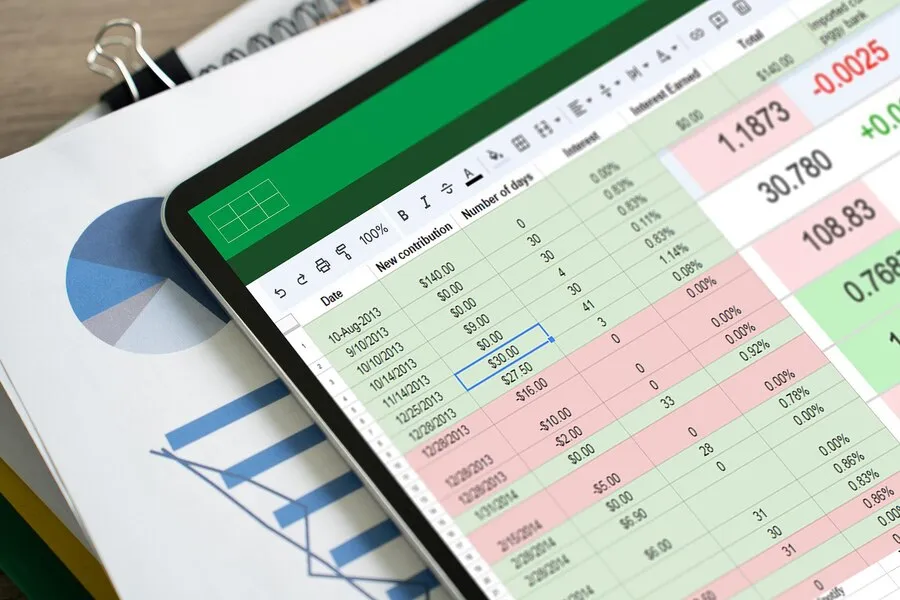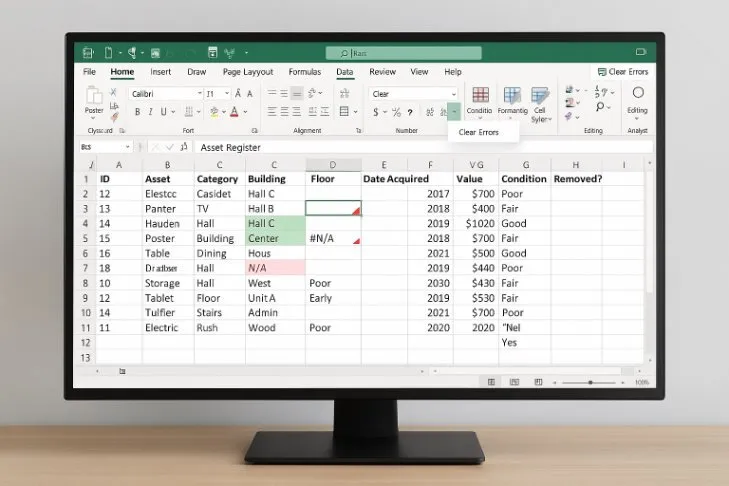Asset Register Development
We build structured, standardized, and auditable asset registers from scratch or enhance existing ones. This includes comprehensive asset attributes, classifications, and hierarchies, aligning with industry best principles and local regulatory standards across KSA and UAE.

From Chaos to Structure — Build a System That Lasts
We help build structured, auditable, and standardized asset registers from scratch or improve existing ones, forming the core of enterprise-level asset management.
What We Deliver:
- NDetailed asset catalogs with unique identifiers
- NAttribute libraries including asset type, location, condition, and ownership
- NClassification hierarchy using UN-SPSC, ISO, or custom taxonomies
- NRegister formats compatible with Microsoft Dynamics, SAP, Oracle, etc.
Build a Structured Digital Backbone
SGE develops accurate and comprehensive asset registers from scratch or enhances legacy registers to align with operational, financial, and technical requirements. The asset register serves as a foundational database for maintenance planning, depreciation tracking, and capital budgeting.
- NData Structure Planning: Asset registers are designed using industry-based classification systems
- NAttribute Library Setup: Registers are built with standardized fields such as asset ID, location, model, manufacturer,, ownership and condition
- NHierarchy Mapping: Assets are grouped under logical structures (e.g., Facility → Building → Floor → Room → Asset).
- NIntegration Readiness: Registers are formatted for seamless upload into CMMS, ERP, or property management systems.
- NReview & Approval: Registers are validated with stakeholders before go-live to ensure accuracy and completeness.
This structured register becomes your central source of truth, supporting operational control, audit readiness, and long-term asset lifecycle management.

Why a Structured Asset Register Matters to Your Organization
Gain full control of your physical assets with a well-organized register that drives smarter decisions, ensures compliance, and improves operational efficiency.
- NMake Confident Decisions: Access reliable, up-to-date asset data to plan maintenance, replacements, and investments more effectively.
- NEnsure Audit & Regulatory Compliance: Maintain standardized, traceable records that meet audit and financial reporting requirements with ease.
- NEnhance Financial Accuracy: Support accurate depreciation, asset valuation, and budget forecasting.
- NEnable Seamless System Integration: Easily connect your asset data to ERP, CMMS, or financial systems for streamlined operations.
- NEnable Seamless System Integration: Easily connect your asset data to ERP, CMMS, or financial systems for streamlined operations.
- NImprove Operational Transparency: Know exactly what assets you own, where they are located, and who is responsible for them.
- NPrevent Loss & Misuse: Reduce the risk of ghost assets, duplication, or untracked items across departments and locations.
- NBuild a Foundation for Digital Asset Management: Enable future-ready asset strategies like lifecycle tracking, predictive maintenance, and digital audits.
